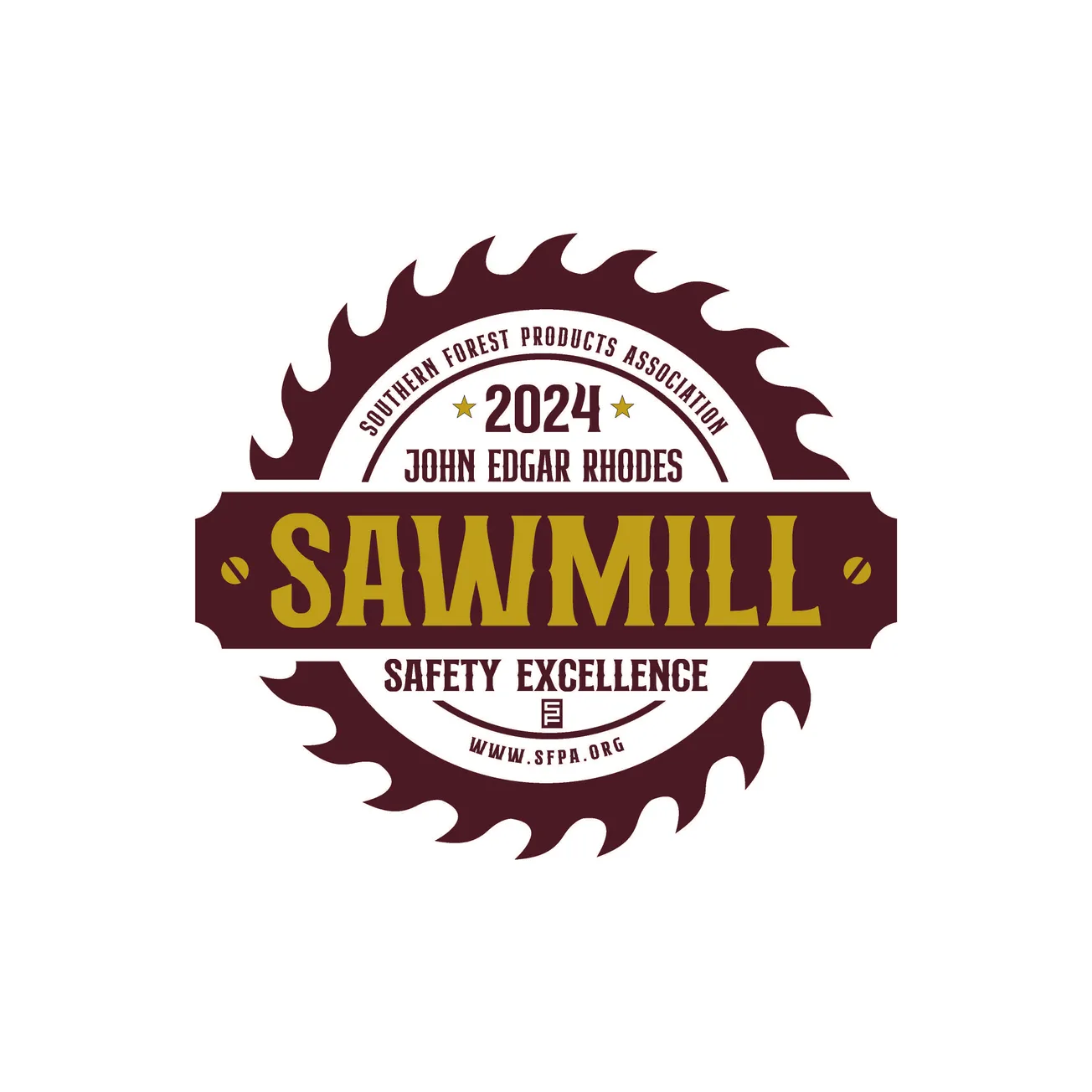Table of Contents
For lumber and building material wholesalers and retailers, a strong fleet can fuel company growth. Safe drivers and properly maintained vehicles allow for efficient product deliveries and happy customers. Unfortunately, without proper attention to fleet safety, that same fleet can also be responsible for draining company profitability—or even injuring a team member or bystander.
A brief review of the numbers illustrates what a powerful impact commercial auto accidents have on society and the companies that operate these fleets. A 2017 study by Motus found that companies lost approximately $56.7 billion due to motor vehicle crashes, a staggering sum that only begins to tell the story.
Additionally, the U.S. Department of Labor’s Bureau of Labor Statistics found that, in 2017, 2,077 fatal occupational injuries were caused by transportation incidents—the most frequent cause of death in their analysis. Heavy truck and tractor trailer drivers—like those who transport building products—accounted for 840 of those fatal injuries. This is the highest of any occupational group and the highest number of deaths in that group since 2003.
Increasingly, experts are pointing to distraction as a cause of auto accidents. The Federal Motor Carrier Safety Administration reported in a 2009 study that 71% of large truck crashes took place when the driver was doing something in addition to driving the vehicle. Since 2009, smart phones and other forms of handheld technology have become more prevalent, potentially increasing this number even more.
With statistics like these, it becomes clear that lumber and building material wholesalers and retailers need to emphasize fleet safety in daily fleet operations and highlight any safety deficiencies.
In addition to securing adequate commercial auto insurance, these business owners should implement loss control strategies and risk mitigation tactics to help their team members avoid accidents. There are a variety of options that businesses can employ to minimize accident risk and maximize safety and efficiency, but these three steps can get your business moving toward a safer fleet.
Step 1: Implement a Comprehensive Fleet Safety Plan
The first step that business owners should take to mitigate their risk is to examine their existing fleet safety plans. A comprehensive plan should include:
• a vehicle safety policy that states whether employees are allowed to use their own cars or are required to use company vehicles
• details regarding the safety responsibilities of both management and drivers
• requirements for strict background safety checks on all potential drivers
• accident reporting procedures
• maintenance and inspection regulations
• training procedures in advance of starting work
Additionally, the fleet safety plan should outline important issues, such as distracted driving and load securement, to ensure that drivers are warned of these safety risks. Management should ensure that any and all potential liabilities and safety concerns are outlined in this plan, so that company drivers are completely aware of how to safely operate fleet vehicles.
Step 2: Utilize Driver Monitoring Programs
Once hired, company drivers should be under regular supervision by their managers. Part of this responsibility involves regular checks on employee drivers’ Motor Vehicle Records (MVRs). However, it’s often difficult to keep track of MVRs across a company, so business owners should examine continuous monitoring programs, which report on driver behavior in real time, keeping management abreast of the latest developments.
Programs that offer continuous MVR monitoring allow managers to efficiently identify and address problematic drivers, which, in turn, improves company and community safety.
Step 3: Provide Extensive Training
Prior to getting employees on the road, business owners should make sure their employee training programs are comprehensive, up-to-date and carefully administered. Supervisors should review normal driving rules and regulations during these training sessions with trainees and ensure that drivers are aware of all basic safety measures and know of the dangers of distracted driving. If their MVRs prove troublesome, then fleet supervisors should pull drivers out of the rotation for further training. In the worst-case scenario, if driver conduct appears to be threatening both driver safety and public safety, supervisors should strongly consider replacing these drivers entirely.
Finding the right insurance partner can go a long way toward ensuring your business is not only protected should the worst happen, but also in ensuring that it is operating safely and that you are taking smart steps to mitigate risk. Specialty insurers, who know the wood and building products industry, can provide risk management solutions tailored for lumber and building material wholesalers’ or retailers’ unique needs, including specific fleet management safety needs.
In the face of the frightening statistics, fleet safety is a growing area of loss prevention in the workplace—and business owners in the lumber industry should implement risk mitigation tactics to protect their businesses. Supervisors and management need to revise their existing safety programs and update them with the latest safety measures and training regimens so that their drivers—and businesses—are put in the best position to succeed. Following these three basic steps is a good place to start.









